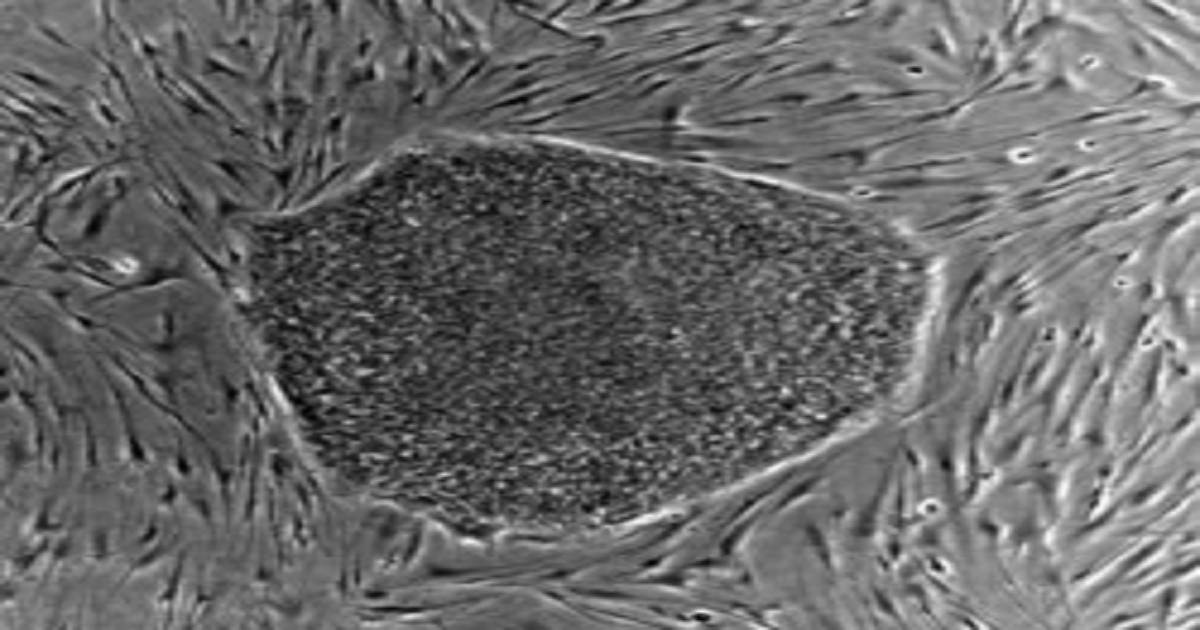Topic Menu
► Topic MenuTopic Editors


Pluripotent Stem Cells

Topic Information
Dear Colleagues,
Pluripotent stem cells, including embryonic stem cells and induced pluripotent stem cells, provide new opportunities and tools to understand individual development, investigate the mechanisms of pathogenic diseases, and develop therapeutic strategies for gene and cell treatments. Much progress has been made in the field of pluripotent stem cells in the last decade. This Special Issue focuses on pluripotent stem cells and their application. We welcome all types of manuscripts, including original basic science reports, review articles, methodology papers, translational research, and clinical studies on topics including, but not limited to:
- Advances in pluripotent stem cell differentiation;
- New technologies and strategies to promote pluripotent stem cells’ application;
- Investigation of the pathogenic mechanisms of human diseases;
- Gene editing and gene treatments for genetic diseases;
- Drug screening based on pluripotent stem cells;
- Cell fate regulation of pluripotent stem cells.
Dr. Dongsheng Guo
Dr. Xianming Wang
Prof. Dr. Yuelin Zhang
Dr. Linpeng Li
Dr. Kepin Wang
Topic Editors
Keywords
- pluripotent stem cells
- differentiation
- genetic disease
- gene editing
- cell therapy
Participating Journals
| Journal Name | Impact Factor | CiteScore | Launched Year | First Decision (median) | APC |
|---|---|---|---|---|---|

Biology
|
3.5 | 7.4 | 2012 | 16.8 Days | CHF 2700 |

Cells
|
5.2 | 10.5 | 2012 | 15.5 Days | CHF 2700 |

International Journal of Molecular Sciences
|
4.9 | 9.0 | 2000 | 17.8 Days | CHF 2900 |

Organoids
|
- | - | 2022 | 27.8 Days | CHF 1200 |

Preprints.org is a multidisciplinary platform offering a preprint service designed to facilitate the early sharing of your research. It supports and empowers your research journey from the very beginning.
MDPI Topics is collaborating with Preprints.org and has established a direct connection between MDPI journals and the platform. Authors are encouraged to take advantage of this opportunity by posting their preprints at Preprints.org prior to publication:
- Share your research immediately: disseminate your ideas prior to publication and establish priority for your work.
- Safeguard your intellectual contribution: Protect your ideas with a time-stamped preprint that serves as proof of your research timeline.
- Boost visibility and impact: Increase the reach and influence of your research by making it accessible to a global audience.
- Gain early feedback: Receive valuable input and insights from peers before submitting to a journal.
- Ensure broad indexing: Web of Science (Preprint Citation Index), Google Scholar, Crossref, SHARE, PrePubMed, Scilit and Europe PMC.

